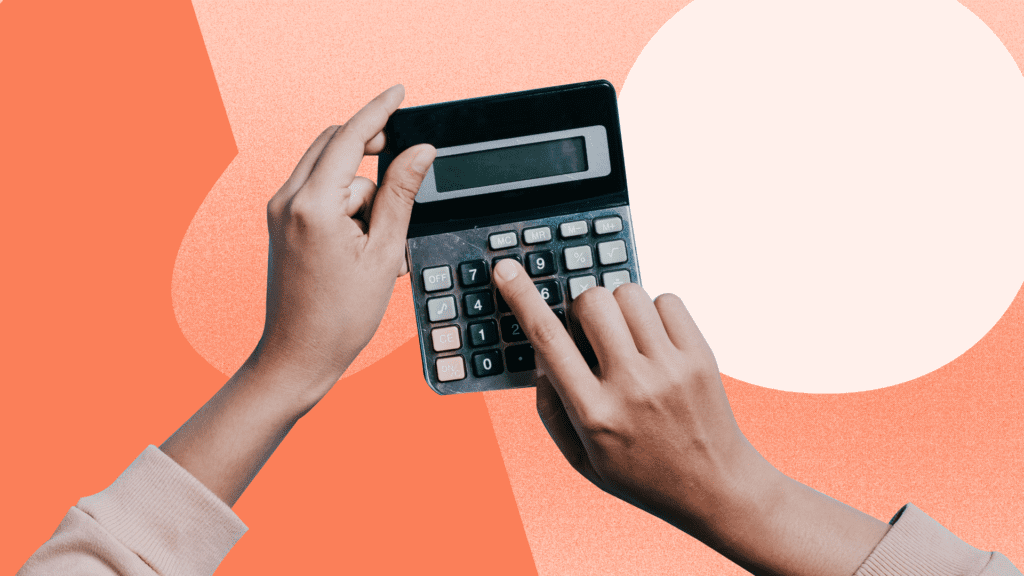HELOC Payment Calculator
Amortization Schedule
| Phase | Month | Payment ($) | Principal ($) | Interest ($) | Remaining Balance ($) |
|---|
Calculation Explanation
- Interest-Only Phase:
- Monthly Interest = Current Balance × (Annual Interest Rate ÷ 12 ÷ 100).
- Minimum Payment during this phase equals the interest only. If an additional payment is made, it directly reduces the principal.
- Repayment Phase:
- Once the interest-only period ends, the remaining balance is amortized over the repayment period.
- Monthly Payment is computed using the amortization formula: Payment = P × r / (1 - (1 + r)−n), where:
- P = remaining balance,
- r = monthly interest rate, and
- n = number of months in the repayment period.
- Any additional payment further reduces the principal and shortens the payoff period.
- Amortization Schedule: The calculator provides a month-by-month breakdown for both phases, showing the payment, principal reduction, interest, and remaining balance.
Note: This calculator assumes that additional payments are applied directly to the principal each month. Actual HELOC payments may vary based on lender policies and variable interest rates.
A Home Equity Line of Credit (HELOC) offers flexible access to cash by leveraging your home’s equity—perfect for renovations, debt consolidation, or emergencies. But without a clear repayment plan, the convenience of a HELOC can quickly turn into financial stress. A HELOC payment calculator is your financial GPS, helping you forecast payments, manage variable rates, and avoid costly surprises. Let’s explore how this tool works and why it’s essential for every homeowner considering a HELOC.
What Is a HELOC?
A HELOC is a revolving credit line secured by your home equity. Key features:
Draw Period: 5–10 years where you can borrow funds (interest-only or principal + interest payments).
Repayment Period: 10–20 years to repay the balance in full.
Variable Rates: Most HELOCs have rates tied to the Prime Rate, meaning payments can fluctuate.
Flexibility: Borrow what you need, when you need it, up to your credit limit.
Why Use a HELOC Payment Calculator?
This tool answers critical questions:
What will my payments be during the draw and repayment periods?
How do interest rate changes impact my budget?
What’s the total cost of borrowing?
Can I afford to pay extra to reduce debt faster?
Without it, you risk underestimating payment spikes or overextending your budget.
How a HELOC Payment Calculator Works
Key Inputs Required:
Credit Limit: Maximum amount you can borrow (e.g., $100,000).
Current Balance: Amount already drawn (e.g., $50,000).
Interest Rate: Current variable rate (e.g., Prime + 2% = 8.5%).
Draw Period: Years you can borrow (e.g., 10 years).
Repayment Period: Years to repay the balance (e.g., 15 years).
Payment Type: Interest-only during draw period or principal + interest.
Outputs Provided:
Interest-Only Payments: Monthly cost during the draw period.
Repayment Phase Payments: Higher payments covering principal + interest.
Total Interest Paid: Over the life of the HELOC.
Amortization Schedule: Breakdown of principal vs. interest over time.
Example Scenario: The Johnson Family’s Home Renovation
The Johnsons have a 100,000HELOCat8.5100,000HELOCat8.550,000 for a kitchen remodel and choose interest-only payments for the 10-year draw period.
Draw Period (Years 1–10):
Monthly Payment: (50,000×8.550,000×8.5354**.
Repayment Period (Years 11–25):
New Monthly Payment: 50,000amortizedover15yearsat8.550,000amortizedover15yearsat8.5492**.
Total Interest Paid: ~$34,000 (if rates stay unchanged).
By using the calculator, the Johnsons realize paying an extra 100/monthduringthedrawperiodcouldsave100/monthduringthedrawperiodcouldsave12,000 in interest.
5 Benefits of Using a HELOC Payment Calculator
Budget Confidence: Prepare for payment jumps when the repayment period starts.
Rate Change Scenarios: Test how a 2% rate hike impacts payments.
Debt Payoff Strategies: Calculate savings from paying principal early.
Compare Lenders: Find the best rates and terms for your needs.
Avoid Negative Amortization: Ensure payments cover interest to prevent growing debt.
6 Tips for Managing HELOC Payments
Lock In Fixed Rates: Some lenders let you convert part of the balance to a fixed-rate loan.
Pay Principal Early: Even small extra payments reduce long-term interest.
Monitor Rate Trends: The Fed’s rate hikes directly affect variable HELOC rates.
Borrow Sparingly: Only take what you need to minimize interest and risk.
Refinance Strategically: If rates rise, consider a cash-out refinance to a fixed mortgage.
Set Payment Alerts: Avoid missed payments that could trigger a rate hike or foreclosure.
Common HELOC Mistakes to Avoid
Ignoring the Repayment Phase: A 300/monthpaymentcouldjumpto300/monthpaymentcouldjumpto800+.
Maxing Out the Limit: Reduces equity cushion and increases financial risk.
Underestimating Rate Hikes: A 5% HELOC at Prime + 2% becomes 12% if Prime hits 10%.
Using HELOC for Non-Essentials: Avoid funding vacations or luxury purchases with home equity.
HELOC vs. Alternatives
| Option | Pros | Cons |
|---|---|---|
| HELOC | Flexibility, interest-only draws | Variable rates, risk of foreclosure |
| Home Equity Loan | Fixed rates, predictable payments | Lump sum, no reuse |
| Cash-Out Refinance | Lower fixed rates | Resets mortgage term, closing costs |
| Personal Loan | No collateral required | Higher rates, shorter terms |
Final Thoughts
A HELOC payment calculator isn’t just about numbers—it’s about safeguarding your home and financial future. By forecasting payments, stress-testing rate hikes, and planning repayments, you can harness your home’s equity wisely and avoid becoming house-rich but cash-poor.
Ready to take control of your HELOC? Plug your numbers into a calculator today, and borrow with confidence—not confusion!
Disclaimer: HELOC terms vary by lender. This blog is for educational purposes. Consult a financial advisor or mortgage specialist before borrowing.



